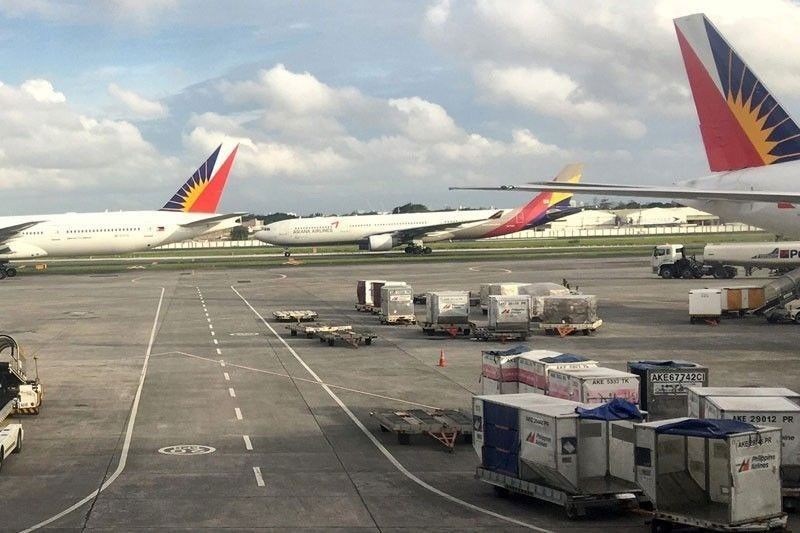Local airlines vulnerable to financial risks

MANILA, Philippines — Local airlines are deemed vulnerable given the low level of government support and their moderate to high financial risk profiles, according to airline data analytics company Ishka.
Based on Ishka’s airline vulnerability matrix presented by Civil Aeronautics Board (CAB) air operating rights division chief Eldric Paul Peredo to the House Committee on Transportation yesterday, local carriers Philippine Airlines (PAL) and Cebu Pacific, as well as AirAsia – of which AirAsia Philippines is a part of – are among the most vulnerable airlines globally.
PAL and AirAsia were classified as having “high” financial risk profiles, while that of Cebu Pacific was considered “moderate.”
In terms of government/shareholder support, all three were categorized under “low,” which means there is no known explicit support available or package in the works.
“Unfortunately, even though we are able to give assistance, the vulnerability of our airlines is still high,” Peredo said.
Peredo said airport authorities had already deferred the collection of fees such as those for landing, parking, and navigation.
He said airlines are also excused from the use-it-or-lose-it airport slot use rule given the uncertainties they continue to face in their schedules.
The CAB also adopted the Bayanihan 2 provision on vouchers for the benefit of all airlines operating in and to the Philippines.
Peredo said Bayanihan 2 authorized the issuance of travel vouchers instead of refunds to give airlines more flexibility and the law also allocated for critically impacted businesses under aviation.
Data from the Air Carriers Association of the Philippines (ACAP) showed that net operating loss of its member airlines reached P41.19 billion in the nine months ending September last year.
Revenues during the nine-month period plunged by 62 percent to P72.08 billion last year from the previous year’s P190.20 billion, as the number of passengers carried fell to 9.973 million from 36.573 million in the same period in 2019.
“As of today the aviation industry is still struggling mightily and we will continue to need support from the transport committee and the Congress and the government as a whole,” Cebu Pacific vice president for corporate affairs JR Mantaring told the House Committee on Transportation.
“The COVID-19 pandemic has put PAL along with other airlines globally in this challenging situation. As for PAL, we’re continuing to work on our recovery and restructuring process in order to survive this COVID pandemic. We assure the public that despite this challenging situation, they will not experience change in the quality of service we are providing,” MJ Navarro, a PAL representative, said separately.
For his part, AirAsia Philippines CEO Ricky Isla said “what is now important to us is to manage our cash as far as management of our lessors and our creditors at the same time.”
- Latest
- Trending
























